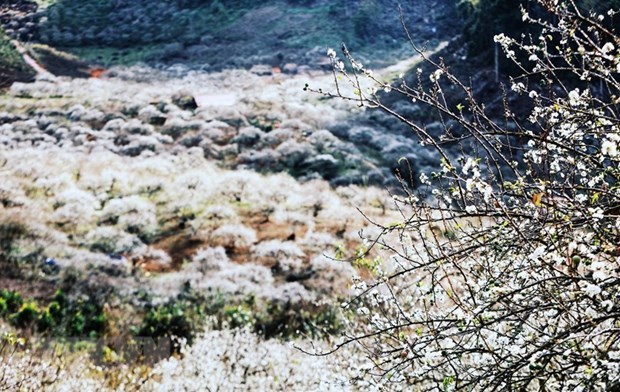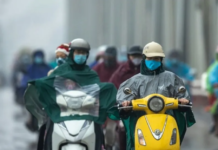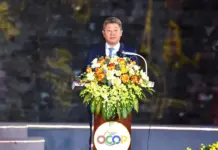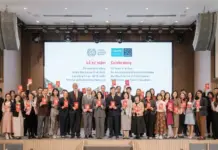Hanoi (VNA) – With refreshing weather and stunning landscapes, Moc Chau plateau in the northwest province of Son La has, in recent years, emerged as an attractive destination for tourists, especially during springtime.
The plateau is endowed with unique geological topography and a cool and fresh climate, making it easy for developing diverse forms of tourism.
Great potential for tourism development
Moc Chau was long ago called Muong Sang or Muong Mok, its ancient name, which means ‘the land of cloud and fog’ in the Thai language.
It has been identified as one of the key national tourist centres in the Northwest Tourism Development Strategy.
Located in Son La province, 180 kilometers from Hanoi, Moc Chau Plateau, one of the biggest plateaus in the country, stretches some 80km long and 25km wide, and stands about 1,050m above sea level.
As a result, its average temperature is a cool 16-26 degrees Celsius. In the winter, from Pha Luong and Van Ho peak, visitors can view the beautiful 50,000-ha plateau through a thick fog.
Moc Chau is home to many tourist attractions, such as a floating market on Da River, Doi Cave, Son Moc Huong Cave, Ang village pine hill, Dai Yem waterfall, five caves in On Village, Xuan Nha National Nature Conservation Area and the 1,500m-high Phieng Luong peak.
The system of archaeological sites along the Da River, including Tang Me burial cave, animal fossils at Chieng Yen, and marks carved in stone of Xuan Nha area, as well as other historical sites, are a well-known tourist destination in Moc Chau. Besides the sites, Moc Chau also has many hot springs in Muong Khoa, Phu Mao, Bo Village and Hua Pang.
Tourists visiting Moc Chau will discover diverse and unique cultures of the indigenous ethnic groups, including White Thai, Muong, Mong, Dao, Xinh Mun and Kho Mu. With different customs, ethnic groups have created a wide range of cultures and festivals.
Moc Chau is also the gateway to the Northwest, and the stopover for inter-regional tours such as Hanoi-Son La-Dien Bien Phu-Sapa-Lao Cai; and the transnational tourism routes such as Hanoi-Son La-Luang Prabang (Laos) – Thailand; and Son La-Lai Chau-Yunnan (China).
According to the Son La provincial Department of Culture, Sports and Tourism, Moc Chau recorded a continuous increase in the number of tourists through the years, hitting 1.2 million arrivals in 2018 from 288,000 in 2010.
Impetus for Moc Chau’s tourism
In January 2019, Deputy Prime Minister Trinh Dinh Dung signed Decision 128/QD-TTg approving a master plan for the development of Moc Chau national tourist site to 2030.
The tourist site will cover a total area of 206,150 ha in Moc Chau and Van Ho districts, divided into three zones for resorts, eco-tourism and entertainment activities.
The plan is expected to help develop Moc Chau into one of the drivers for tourism development in the northern midland and mountainous region, promote socio-economic development, and improve people’s lives, as well as uphold the values of the natural landscape, ethnic culture, and local identity.
It will also help connect Son La with other localities in the region, lure more tourists and investors to the province, and maximise its potential.
In July this year, the local authorities have kicked off a new tourism project in Moc Chau, aiming to promote local tourism potential and enhance the community’s role in offering tourism services to improve income among locals.
The budget for the project is 553,028 AUS (384,000 USD), with 73 percent funded by the GREAT (Gender Responsive Equitable Agriculture and Tourism) Programme supported by the Australian government and the rest by local authorities.
With its great potential and investment attraction policies, Moc Chau is more and more attractive to visitors. It set to serve over 2.9 million holidaymakers by 2030, raking in a revenue of about 264.6 million USD./.




